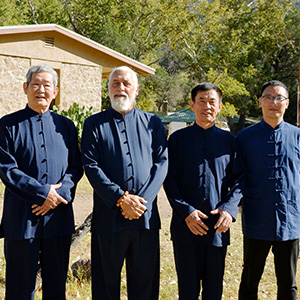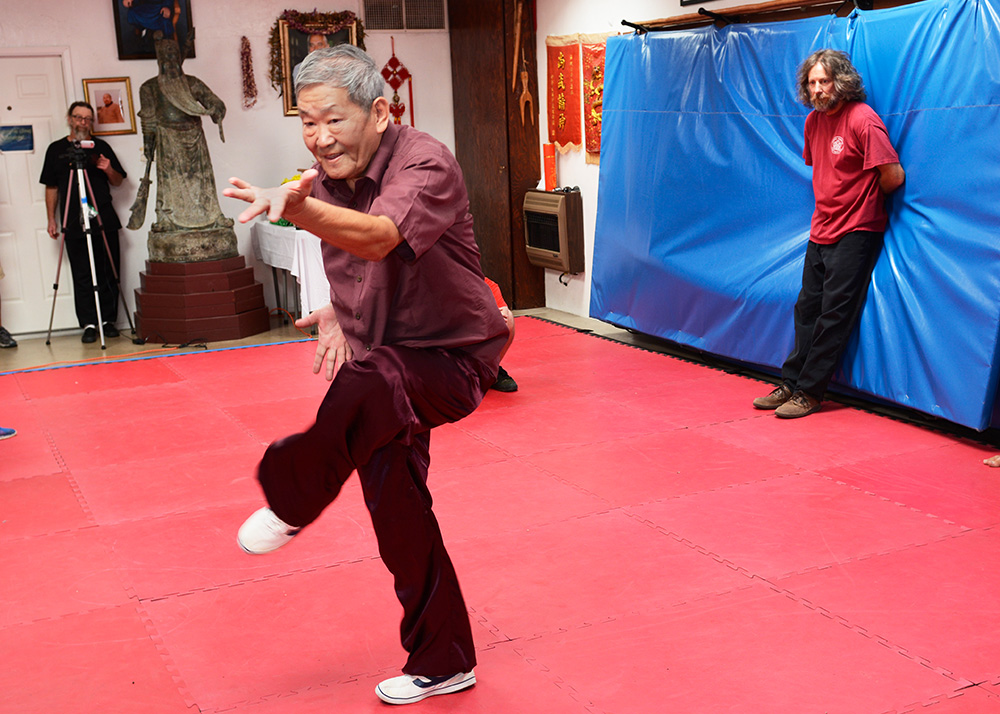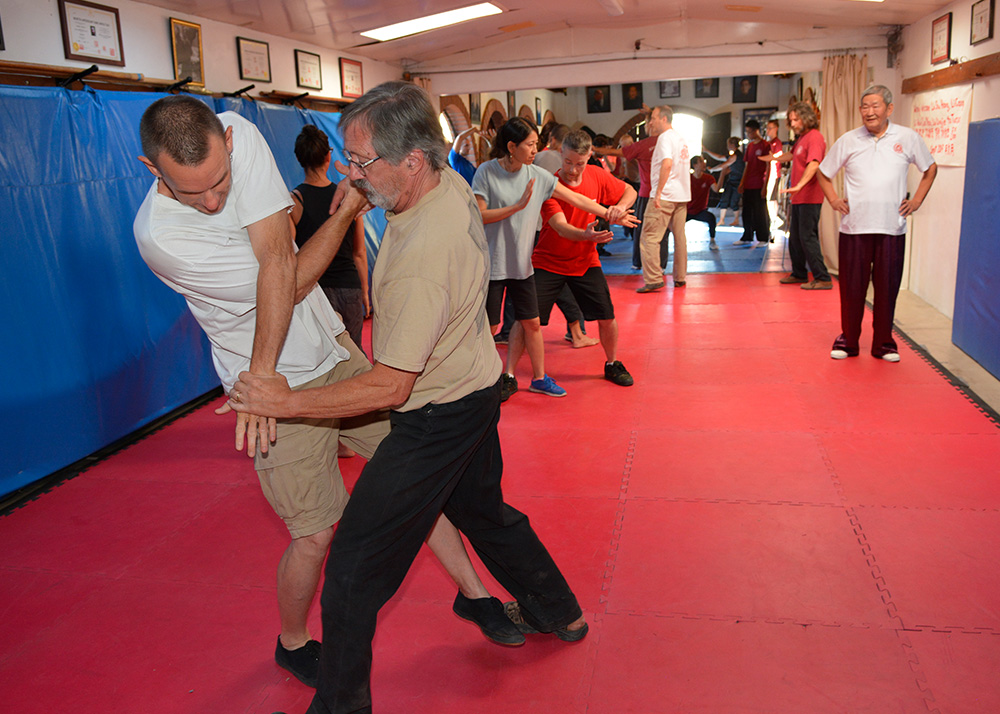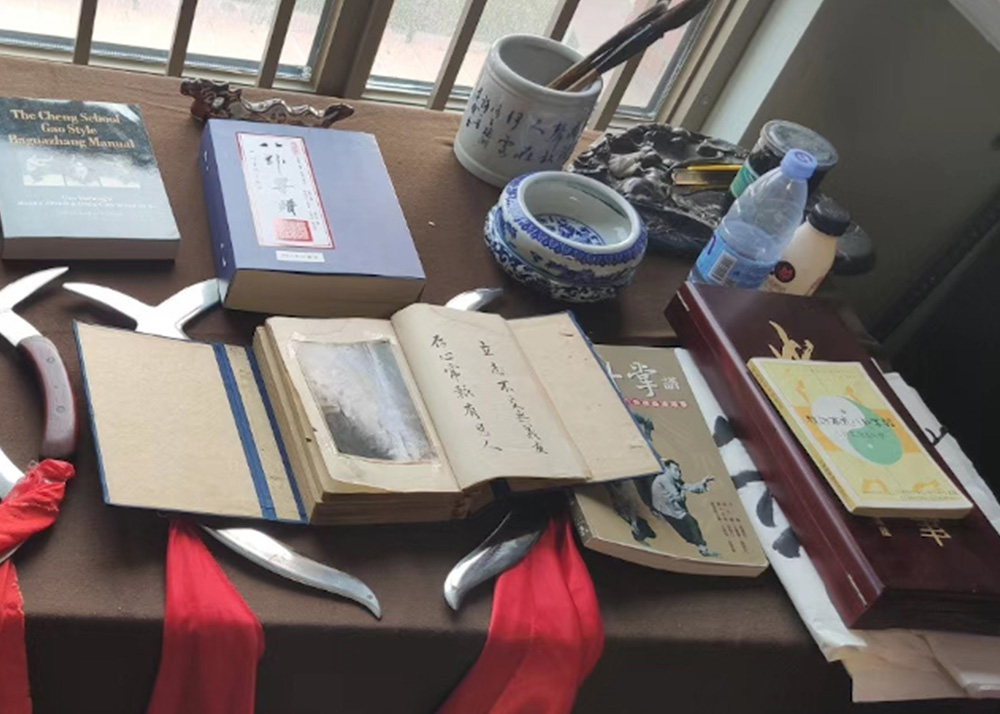Gao Yisheng was one of Zhang Junfeng’s teachers in Tianjin. Zhang went on to start our Tang Shou Tao lineage after he moved to Taiwan. Decades later Vince Black returned to Tianjin looking for the roots of his xingyi and made contact with the Gao Bagua family there. Most importantly he met Liu Shuhang and the two men struck up a friendship that would last decades until Vince’s passing in 2019.
Liu Shuhang is the grand nephew of Liu Fengcai, one of Gao’s most dedicated disciples. Gao once said that while he could still beat Liu Fengcai in a fight, for the beauty of his form Liu had surpassed him.
Gao himself was unbeaten in challenge matches and had created a large and elegant boxing method based on the foundation of Chen Tinghua’s bagua and his own research. The method relies on an exacting circular form known as Pre-Heaven Bagua to build the connections of internal gongfu and a Post-Heaven set of sixty-four linear fighting techniques. Tradition has it that throughout the history of the Tang Shou Tao, it has always been the tricks of Gao Bagua that won fights. The Post-Heaven linears are accompanied by an extensive set of push-hands or san shou-like two-person drills used to develop fighting reflexes.
The Gao system is influenced by the culture passed down by Gao Yisheng, who said there are five reasons to practice gongfu. One can practice to build one’s health, to be a good fighter, to perform beautifully, to enjoy the movement or to explore the cultural heritage. All of these influences can be seen in the system as we practice it today and students are encouraged to choose the aspects they most enjoy.
The training in Cheng School Gao Style Bagua is directed by Liu Shuheng and led by his twenty Tang Shou Tao disciples.







